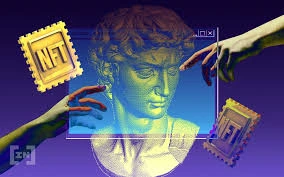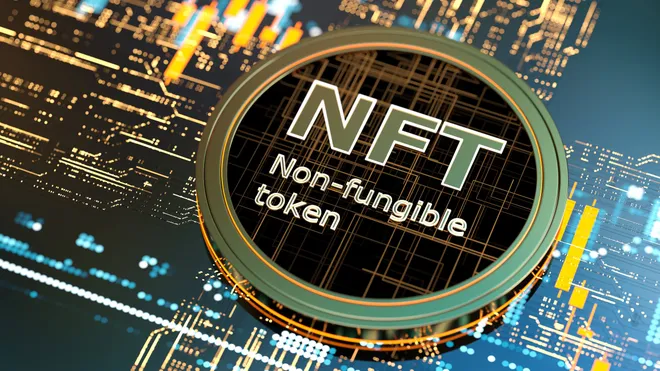Web3 Social Media Is Coming—But Will It Actually Change Anything?
November 10, 2024

Web3 Social Media: Busting the Biggest Myths
Web3 social media is riding a wave of hype—and with good reason. It promises to shake up the status quo, giving users more control, privacy, and even financial rewards. But hype isn’t the same as reality. Let’s separate fact from fiction and bust some of the biggest myths floating around.


Myth #1: “You Own Your Content—Finally!”
Partially True
The Web3 pitch is seductive: instead of letting platforms like Instagram or TikTok control your content, you “own” it via blockchain. Platforms like Lens Protocol and Farcaster make this possible by tying posts to your crypto wallet.
Yes, that’s a big shift. Your content becomes portable—you can take it across apps, and nobody can delete it (at least not easily). But remember: owning a file doesn’t mean people will see it, care about it, or that the platform experience will be any better.
Also, using a wallet just to tweet? That’s still a hard sell for the average person.


Myth #2: “You Can Earn Real Money Just by Posting”
Mostly Misleading
Some Web3 platforms reward users with tokens or NFTs. It sounds amazing—get paid to do what you already do for free on Web2.
But let’s be clear: most of these token ecosystems are still experimental, with limited real-world value and unpredictable demand. It’s closer to a gamified loyalty system than a paycheck. For top creators or early adopters, sure—there may be upside. But for regular users? Don’t quit your day job.


Myth #3: “Web3 Platforms Are User-Controlled Utopias”
Not Quite
Decentralization is a cornerstone of Web3—but that doesn’t automatically translate to smooth sailing. Who moderates content? Who stops spam? In many cases, governance is still fuzzy or inconsistent. Without centralized oversight, moderation often falls to community voting, third-party tools, or… no one at all.
That can mean freedom—but it can also mean chaos.

Myth #4: “Web3 Means Better Privacy”
Largely True—but With Caveats
One area where Web3 does shine is privacy. Unlike Web2 platforms, which harvest and sell your data, Web3 generally keeps your info on your device or wallet.
But here’s the catch: blockchains are public. Your interactions are transparent by design. Unless you’re using privacy-preserving tech, others can trace wallet activity. So yes, you own your data—but that doesn’t mean it’s invisible.
Myth #5: “Web3 Social Will Replace Web2 Giants”
Not Anytime Soon
Here’s the hard truth: Web3 social media is not ready for mass adoption. The user experience is clunky, wallet setup is confusing, and discovery features (like smart feeds and search) lag behind by years.
Why would someone leave Instagram’s smooth, addictive UX for a dApp that feels like a beta test? The current answer: they wouldn’t—unless they’re deeply invested in the ethos of decentralization.
Myth #6: “It’s Just a Fad”
Definitely False
Even if it’s not ready for the mainstream, Web3 social is laying important groundwork. It’s experimenting with models that challenge Big Tech’s dominance. It’s asking questions no one else dares to ask: What if we could own our digital identities? What if creators didn’t need platforms to profit?
That doesn’t make it perfect. But it does make it worth watching.
Final Verdict: Web3 Social Is More Than Hype—But It’s Not Magic
Web3 social media isn’t going to save the internet tomorrow—but it’s not snake oil either. The truth lives in the middle: promising tech, important ideas, clunky execution.
If even a fraction of the movement’s promises come true—user ownership, fewer gatekeepers, stronger privacy—we could see a slow but meaningful shift.
Just don’t expect grandma to join Lens Protocol anytime soon.
Relevant Link : Here

